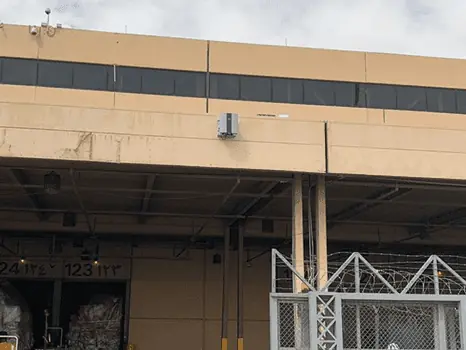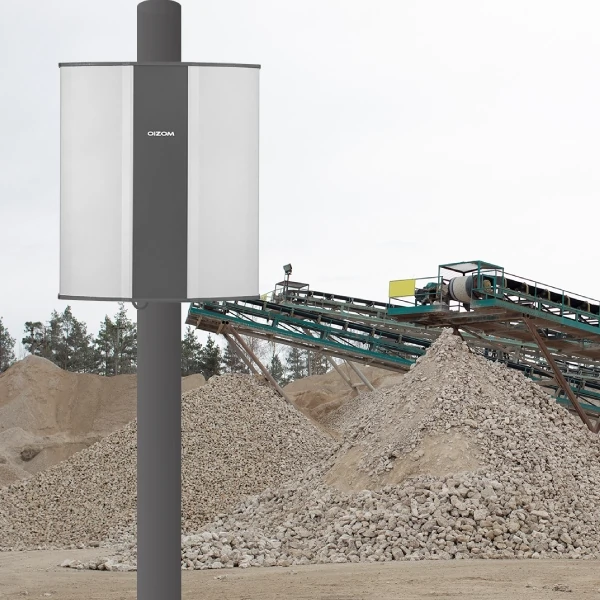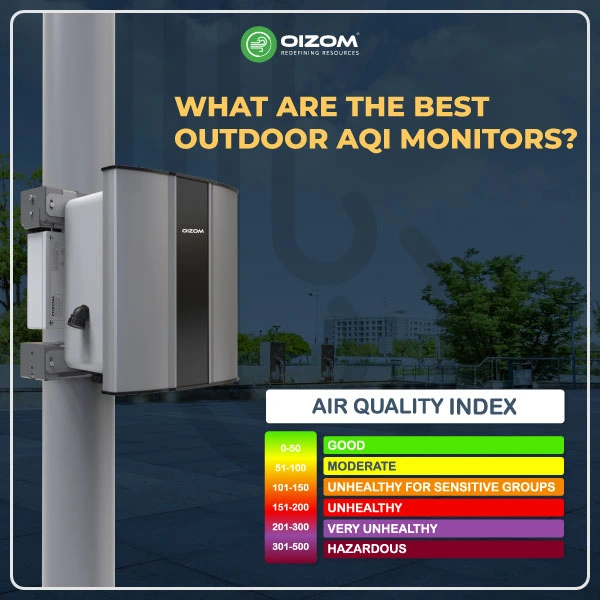
There is a plethora of scientific reports & research by WHO, Global burden of disease, IPCC(Intergovernmental Panel on Climate Change) on the harmful effects of air pollution. Day by day increasing pollution level mandates some air standards to be in place looking at the dire need for air quality management. We need to try and recede the pollution below the ‘threshold effect level’ – a level at which air poses no risk to human health. This procedure requires a network of continuous low-cost air quality monitor networks to generate routine pollution or air quality report.
VACUUM OF AIR QUALITY DATA
Currently, one air pollution monitoring station is available for every two million people in India. There are more manual stations than real-time air quality monitoring systems. As per a report by CSE India, out of the 5,000 cities and towns in India, a regulatory monitoring network exists only in 268. Out of these 5000 cities, only 24 cities have the potential and means to perform real-time monitoring. The rest rely on manual monitoring.
Air quality varies over a relatively small span – even between and within city blocks. Hence, the pollution concentration in a specific region depends primarily on the local emissions and ambient conditions. The current air quality monitoring systems cannot solve this problem as they are sparsely located due to the large capital cost and resources required for creating a high-density network of such systems.
So, what can we do to solve this problem? To get more realistic air quality data?
LOW-COST AIR QUALITY MONITORS
All low-cost air quality sensors consist of a few basic elements:
- The sensor element that senses the parameter of interest
- A transducer that converts the response from electrical signals
- Data storage or link to a communication device
- Source of power (e.g. battery or solar energy)
The biggest advantage of a low-cost Continuous Ambient Air Quality Monitoring System (CAAQMS) over conventional ones is that it is compact, lightweight, and cost-effective.
In fact, US EPA has categorized the low-cost air monitors into different tiers based on their cost.
AIR QUALITY MONITORS PRICE RANGE
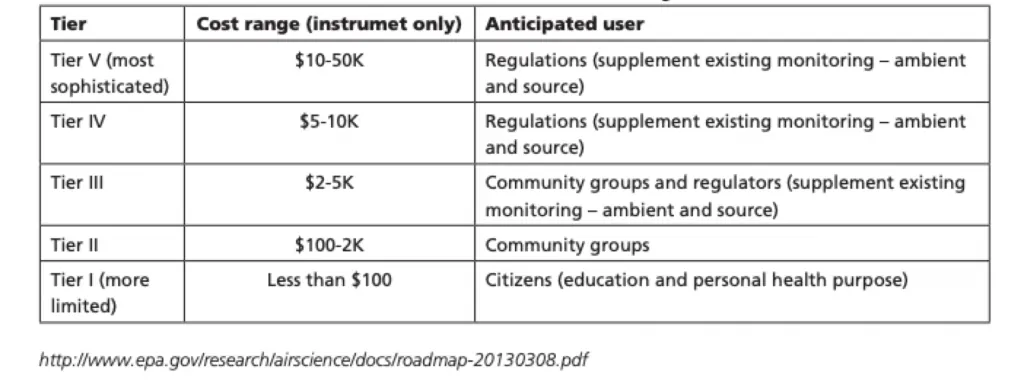
What Makes Low-Cost Air Monitors Compact?
These low-cost air quality sensors use micro-fabrication techniques and contain micro-electro-mechanical systems (MEMS) made of optical and nanostructured elements, making them lighter and inexpensive. These air quality sensors consume less power reducing power consumption.
How can a Low-Cost Air Quality Sensor Benefit Us?
Here are some of the instances, where low-cost air quality sensor proves out to be more efficient compared to conventional air quality monitoring technologies.
Real-time Data
Advanced technologies with AI used in new sensor-based air quality monitors have enabled real-time data collection and analysis. Real-time monitoring of major pollutants and the continuous dissemination of the data is important for both policy and public opinion. Most cities are facing a data vacuum today due to delayed response.
Compared to automatic real-time monitors, Manual monitoring is much less efficient in capturing pollution levels. For instance, to arrive at an annual average in India, at least 104 measurements in a year are necessary. The measurements must be taken 24-hourly, twice a week, at uniform intervals. Real-time low-cost air monitors can provide more accurate data leading to more robust and reliable conclusions about air quality levels.
Geospatial Monitoring
Low-cost compact air monitors or CAAQMS enables large-scale environmental data monitoring. To effectively monitor city-level air quality, cost-effective sensors deployed in large numbers across urban and rural scape to generate local data. The advanced IoT technology has made environmental monitoring possible even in remote areas, which was not possible earlier. Professionals can manage devices remotely with different wireless communication protocols.
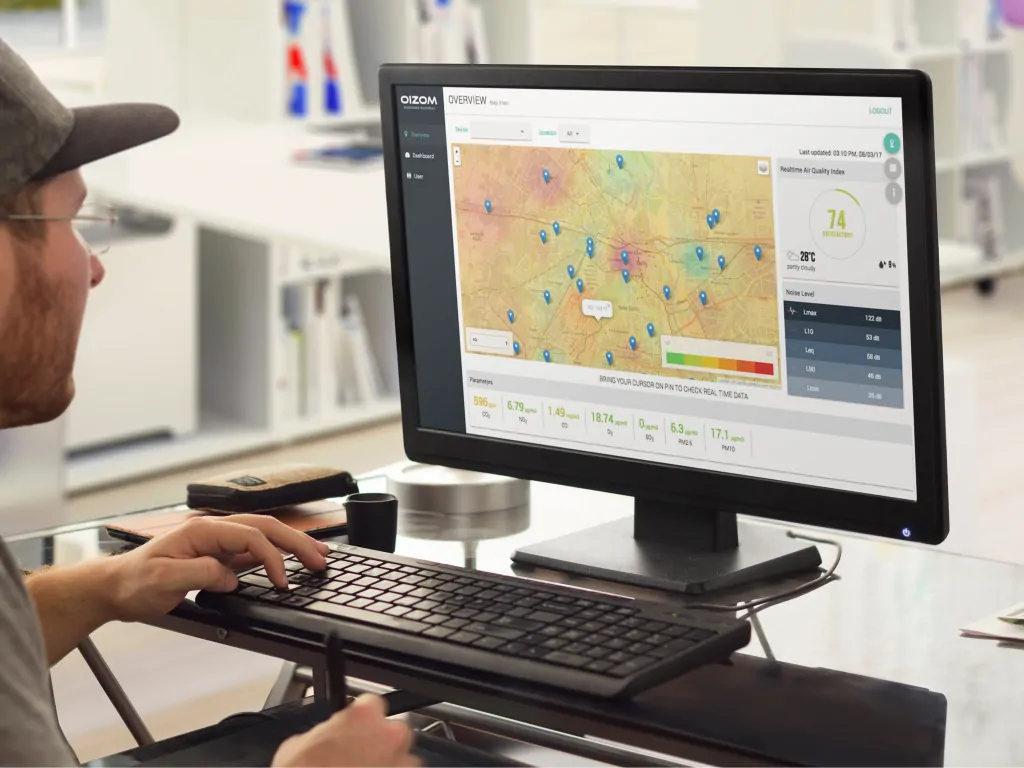
Ubiquitous Monitoring
The idea of ubiquitous monitoring is attracting attention from the air quality management community. It is possible due to the low cost and miniaturization of sensors. These low-cost air monitors are also installed on any smart pole to collect ambient air data. This allows for hyperspatial data acquisition encompassing a wider area for high-resolution exposure mapping of the city.
High Precision Data
The airflow in urban environments is usually turbulent and can be difficult to predict without a sophisticated modelling method. This requires real-time high-resolution pollutant concentration mapping, which is not possible with the conventional monitors. It requires a large amount of data, computing facilities and input details that are not available for many cities with the existing monitors. Advanced IoT based air quality monitors can provide higher environmental data accuracy through appropriate maintenance like sensor calibration, sensor drift and cross-sensitivity corrections, robust hardware, periodic sensor replacement, etc. See how Oizom Environmental Sensors provide 13% higher data accuracy than other low-cost CAAQMS using its Active Sampling method.
Retrieving data from these sensors is simple. The sensors provide granularity, which helps in the identification of pollution sources. These data banks can support in providing more detailed studies on the effects of air pollution on quality of life.
360-Degree Environment Monitoring
The data acquired from the low-cost air quality sensors monitor dust particles, toxic & odour gases, along with weather parameters within a single enclosure. For instance, a single air quality monitor can measure PM1, PM2.5, PM10, SOx, NOx, CO2, CO, TVOCs, etc. along with meteorological parameters like wind speed and direction, relative humidity, ambient temperature, pressure, light intensity, rainfall, UV Radiations, etc.
It is possible to carry out exposure mapping across the microenvironment and make that data accessible to people. Thus, they provide a complete picture of what’s happening in the air around us.
Public Awareness
With the conventional monitors, public awareness can be achieved only after collecting all the data and generating reports or index to be presented over the website or portals, etc. But the low-cost sensors have made data handling very easy, which allows wide options of data visualization.
The data can be visualized by a number of mobiles and web-based applications and is readily available for use by citizens. Online air monitors enable access and quick treatment of data for presenting it publicly via different media.

Community Participation
Many of these sensors do not require specialised knowledge, which encourages public participation in the process. This has given birth to community-based monitoring, which is driven by local information needs and community values. The low-cost air quality monitors also allow opportunistic sensing by data acquired for one purpose to be used for other purposes as well.
To Conclude
Public health challenges and risk assessment requires more refined and varied monitoring approaches to reduce exposures and risks. Hence, authorities need to stringent pollution control measures. This can be achieved by widespread air monitoring at the microscale, which is only possible through compact, highly scalable CAAQMS.
Currently, there are no set government regulations for low-cost CAAQMS as they are still subject to interference by ambient conditions. But looking at the huge success and rising demand for these low-cost air quality monitors, governments across the globe have started considering to include these sensors under the Air Regulations. Currently, guidelines are underway for air quality sensor technology standards in the European Union, the United States, and China. In India, The government has assigned the Council of Scientific & Industrial Research (CSIR)-National Physical Laboratory (NPL) to come up with guidelines to certify air quality monitoring instruments. CSIR-NPL will be the national verification agency for the purpose and they shall develop the necessary infrastructure, management system.

